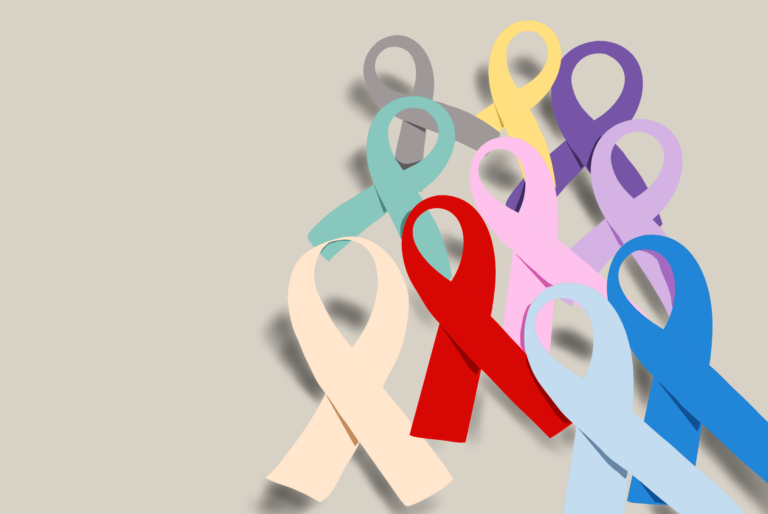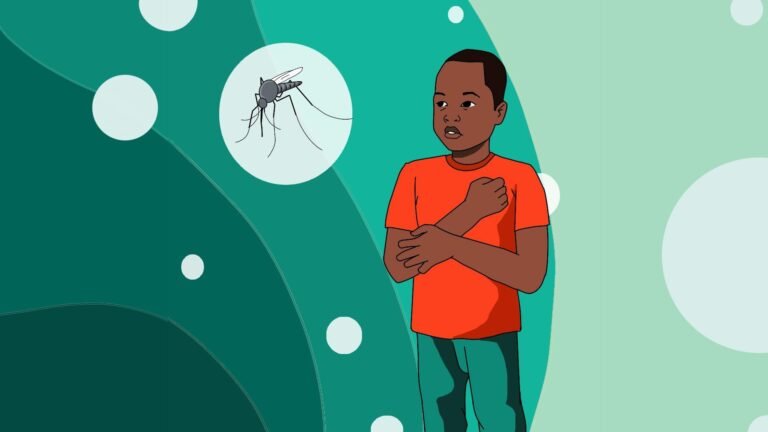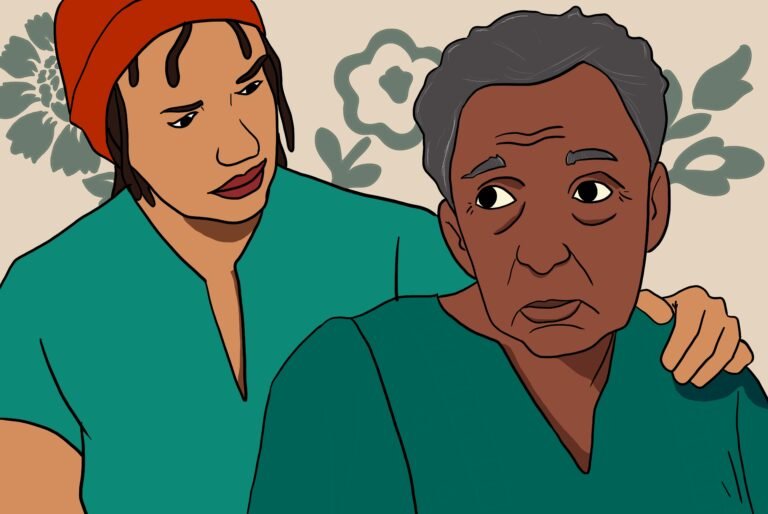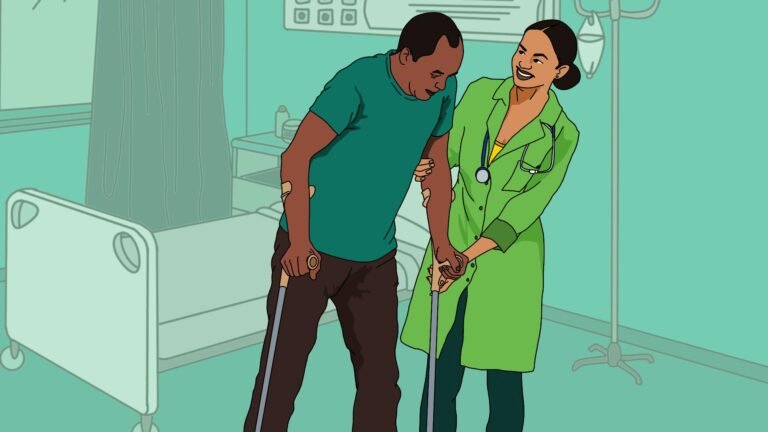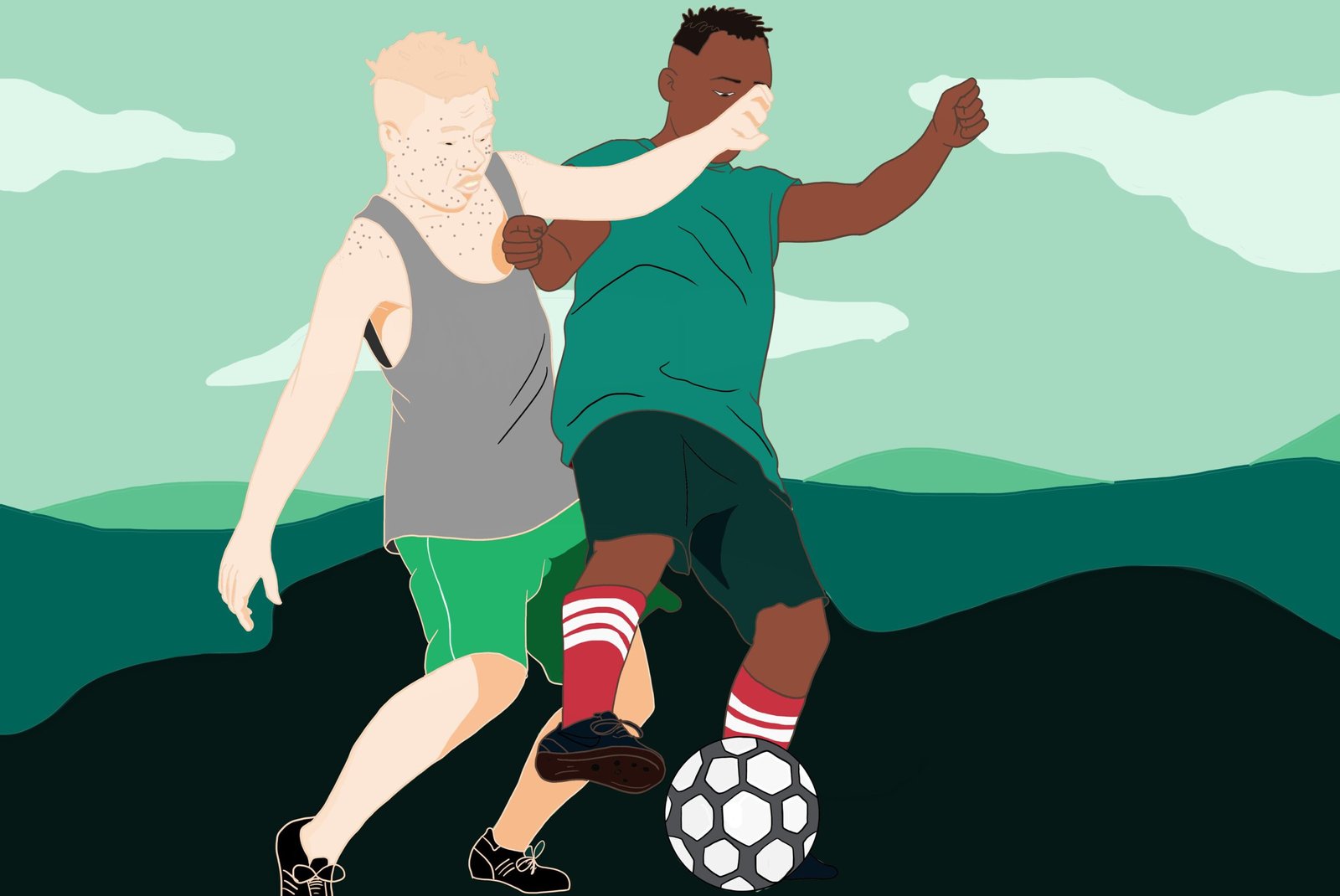
Albinism
What is albinism?
Albinism is a rare group of genetic disorders that cause the skin, hair, or eyes to have little or no color (melanin pigment). Albinism is also associated with vision problems. It is estimated that there are about 1,800 to 5,400 persons with albinism in Ghana. *.
What causes albinism?
Albinism is an inherited disorder that is present at birth. Children have a chance of being born with albinism if both of their parents have albinism or if they carry the gene for albinism.The cause of albinism is a defect in one of several genes that produce or distribute melanin, the pigment that gives skin, eyes, and hair their coloring. The defect may result in the absence of melanin production or a reduced amount of melanin production.
For most types of albinism, both parents must carry the gene in order for their child to develop the condition. Most people with albinism have parents who are only carriers of the gene and don’t have symptoms of the condition.
People with albinism will have the following symptoms:
- An absence of color in the skin, hair, or eyes
- Lighter than normal coloring of the skin, hair, or eyes
- Patches of skin that have an absence of color
Albinism occurs with vision problems, which may include:
- Strabismus, or crossed eyes
- Photophobia, or sensitivity to light
- Nystagmus, or involuntary rapid eye movements
- Impaired vision or blindness
- Astigmatism or difficulty in seeing well
What are the misconceptions about albinism?
In Ghana and Africa, some communities and families consider it a misfortune to give birth to persons with albinism and hence, attempts are made to either kill them at birth or banish them from the community or kill them for ritual purposes due to a misconception that their blood has special powers. They are constantly abused and ridiculed by the public with derogatory names and social tags that serve as a form of stigmatization.
Discrimination against persons with albinism in Ghana are underlain by religious and cultural beliefs. This negatively contributes to their plight.
How is albinism diagnosed?
Diagnosis of albinism is based on a physical exam that includes checking skin and hair pigmentation. A thorough eye exam (electroretinogram test) is usually done to detect any eye problems. Comparison of your child’s pigmentation to that of other family members may also be used to differentiate this condition from people who are light-skinned. The most accurate way to diagnose albinism is through genetic testing to detect defective genes related to albinism.
Is there a treatment for albinism?
There’s no cure for albinism, but, treatment can help relieve symptoms and prevent sun damage.
Treatment may include:
- Sun glasses to protect the eyes from the sun’s ultraviolet (UV) rays
- Protective clothing and sun screen to protect the skin from UV rays
- Prescription eyeglasses to correct vision problems
- Surgery on the muscles of the eyes to correct abnormal eye movements
Persons with albinism and their families require support from society to live their full potential
*Journal of Study of Religions vol.30 n.1 Pretoria 2017
*National Organization for Albinism and Hypopigmentation

